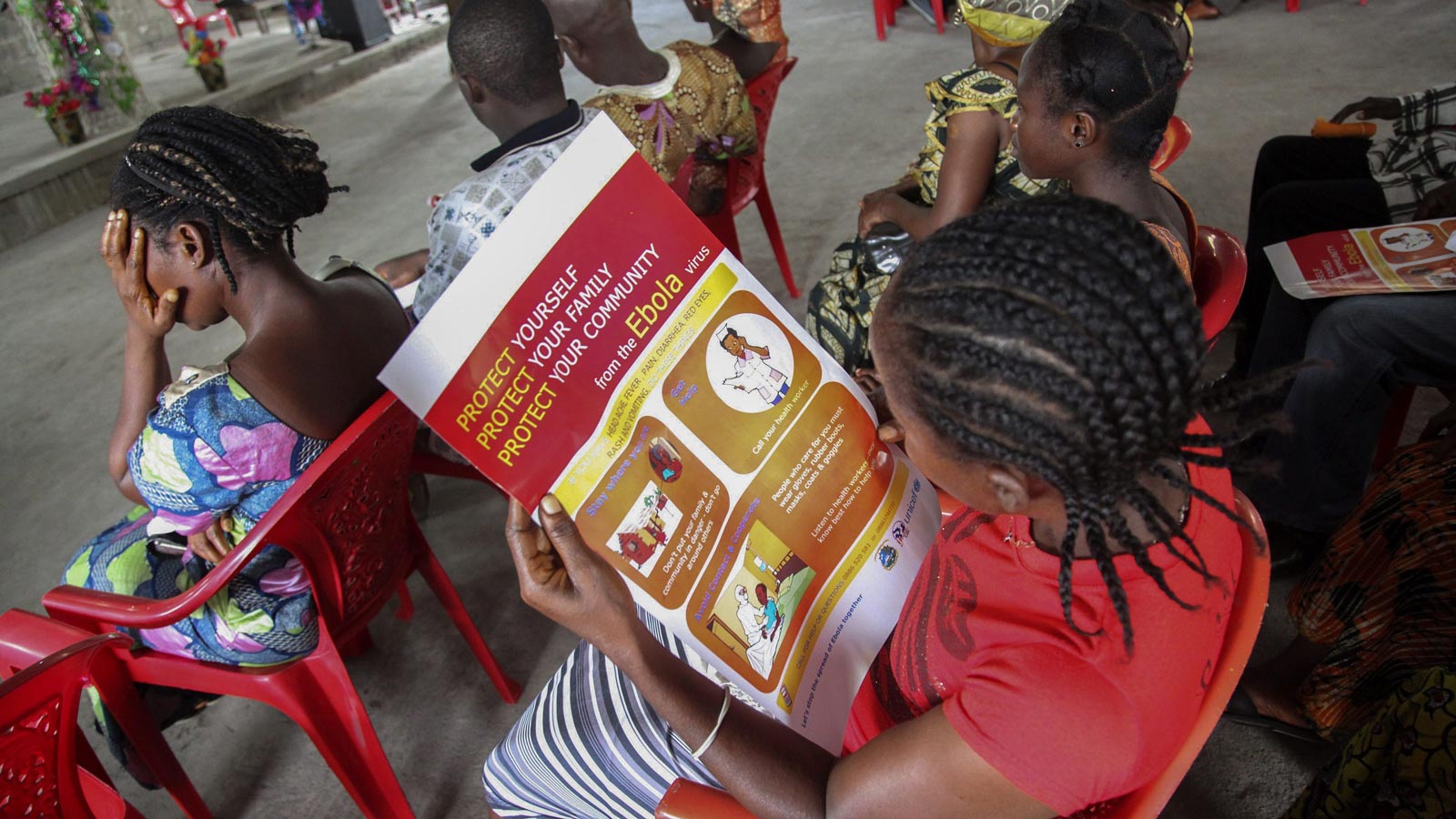As a deadly Ebola outbreak continues in West Africa, health officials are working to calm fears about how the virus spreads, while encouraging those with symptoms to get medical care. Typically, outbreaks of the disease have been in other parts of the continent, not in West Africa.
HOW IS EBOLA SPREAD?
By direct contact with an Ebola patient’s blood or other bodily fluids like urine, saliva, and sweat. The highest concentration of virus is thought to be in blood, vomit and diarrhea.
The most vulnerable people are health care workers and family members or others who care for the sick. Because of the deadly nature of the disease, health workers should wear protective gear, especially when handling things like contaminated syringes. Such equipment is not commonly available in Africa, and the disease isn’t always quickly recognized. Symptoms are similar to other diseases like malaria and cholera.
Someone can also get infected by handling soiled clothing or bed sheets without protection, and then touching their nose, mouth or eyes. People can also catch the disease by eating infected bushmeat, as Ebola can sicken animals including bats, chimpanzees and antelopes. Scientist think fruit bats might be the source of the virus, but aren’t certain.
CAN EBOLA SPREAD IN THE AIR, LIKE FLU OR TUBERCULOSIS?
There is no evidence Ebola can be spread in the air by sneezing or coughing. “If there was a role for airborne transmission, we’d be seeing a lot more cases and deaths by now,” said Ben Neuman, a virologist at Britain’s University of Reading.
Ebola is in some ways similar to the AIDS virus because it is spread through bodily fluids, according to Stephen Morse, of Columbia University’s Mailman School of Public Health. Unlike those infected with HIV, those with the Ebola virus are considered infectious only when they show symptoms, which include fever, vomiting and diarrhea.
CAN THE SPREAD OF EBOLA BE STOPPED?
Yes, by isolating anyone with symptoms while testing is done, taking precautions while providing them medical care and tracking down anyone they were in close contact with when they got sick. Those who have had direct contact with an Ebola patient are advised to take their temperature twice a day for three weeks, the incubation period for the disease. If they show symptoms, they should then be isolated and tested.
Ebola first appeared nearly 40 years ago. In past Ebola outbreaks, many cases have been linked to people burying their loved ones, involving ritual cleansing of the body and kissing the body. The World Health Organization recommends that only trained personnel handle the bodies of Ebola victims.
“We know how to stop Ebola,” said Gregory Hartl, a WHO spokesman. “We have stopped all previous outbreaks in the past using old-fashioned methods.”
“From what we’ve seen, there isn’t any reason to think we can’t stop the outbreak in West Africa using what we have done in the past.”
(via Big Story)







